September 2025
Regional Spotlight
The Intermountain West
In the Intermountain West, Earthjustice’s roots run deep. Our teams in Bozeman, Montana, and Denver, Colorado, have spent decades fighting to defend the web of life, to protect people’s health, and to advance a just transition to clean energy — with a special focus on Arizona, Colorado, Idaho, Montana, Utah, Wyoming, and points in between.
With unparalleled regional expertise, strong partnerships on the ground, and our steadfast supporters, we have never been better positioned to meet the challenges ahead. We’re pleased to share highlights of our progress, and a glimpse at what’s next.
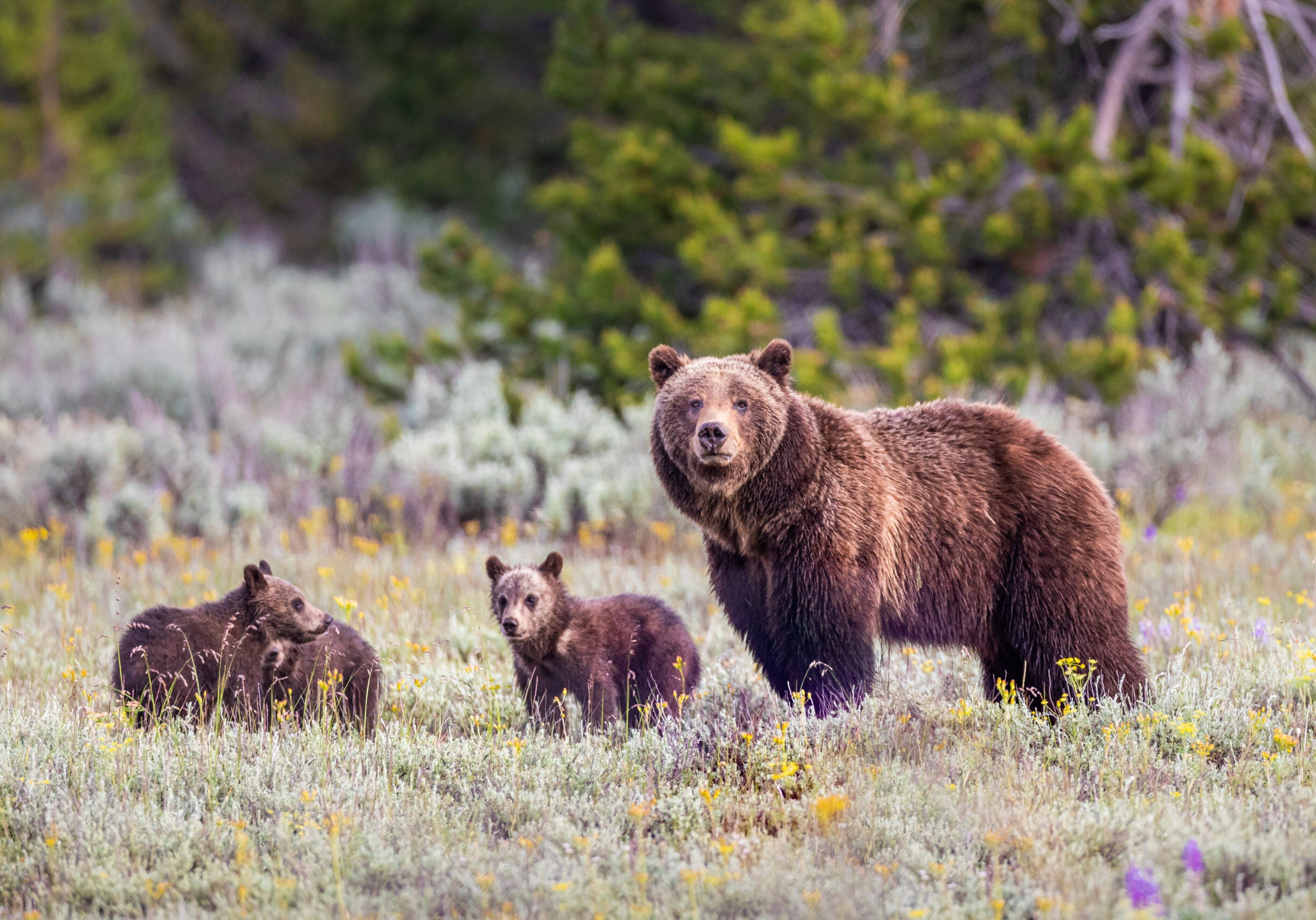
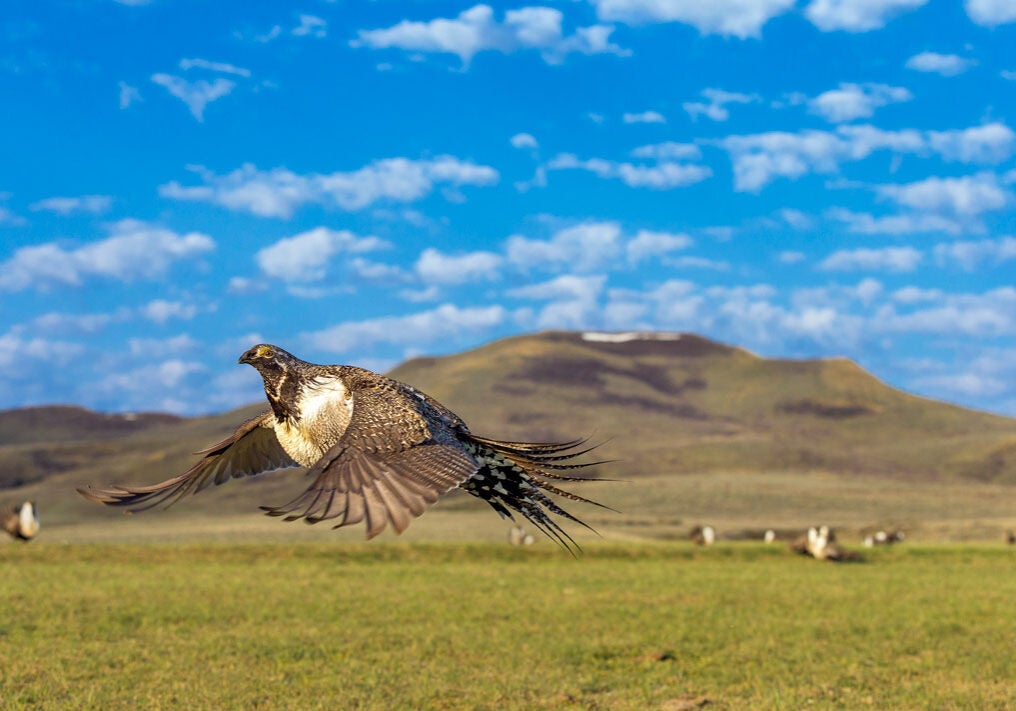
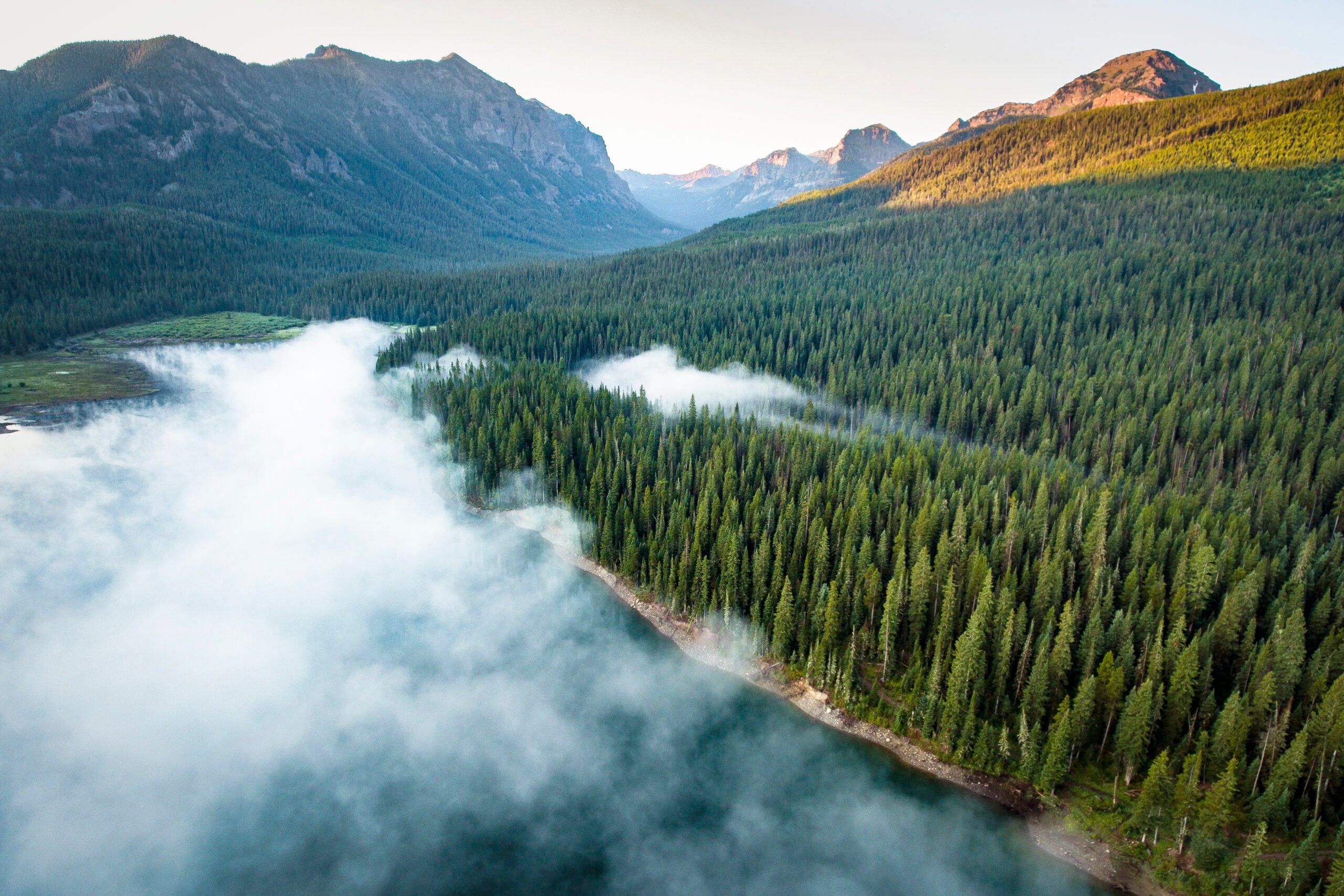
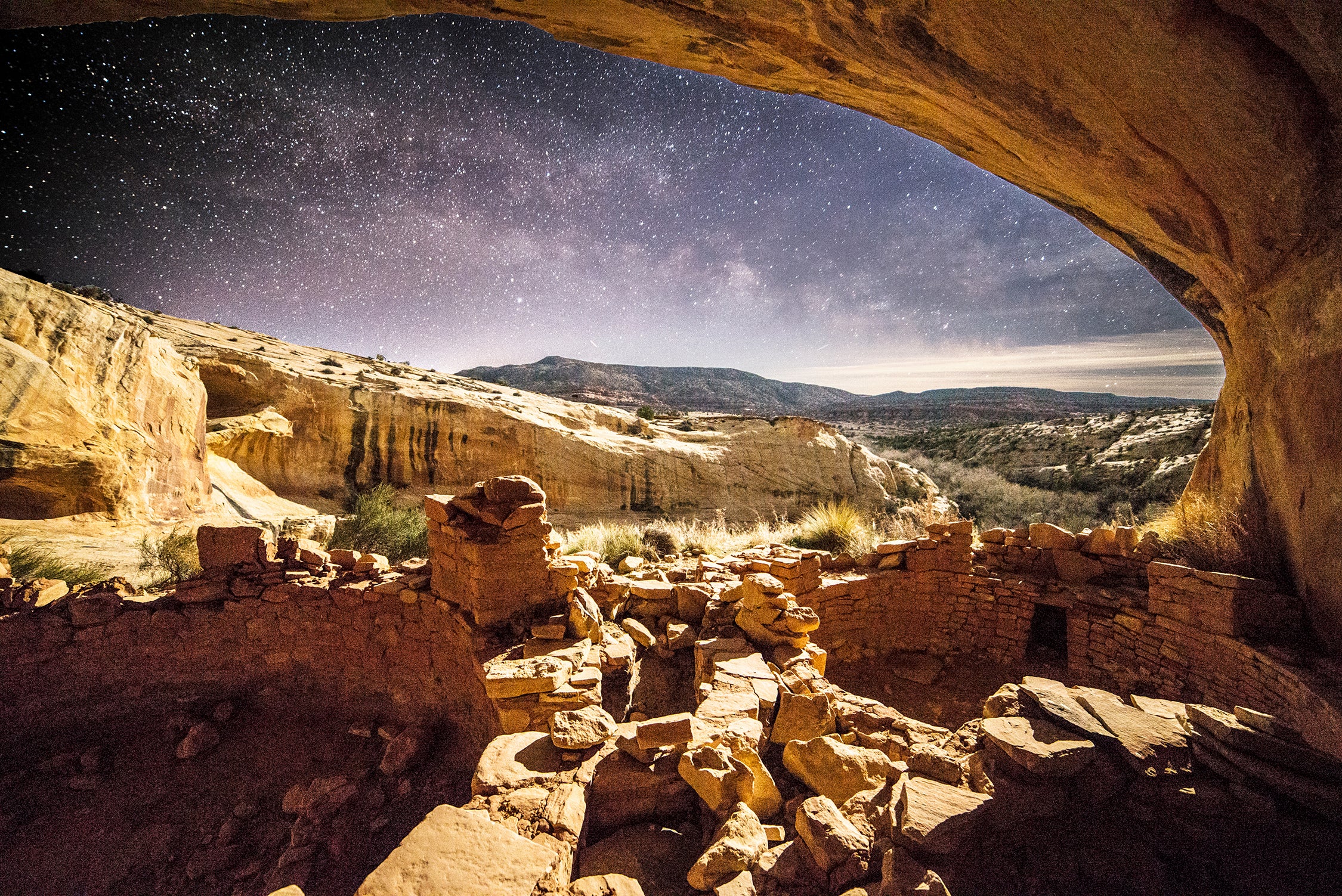
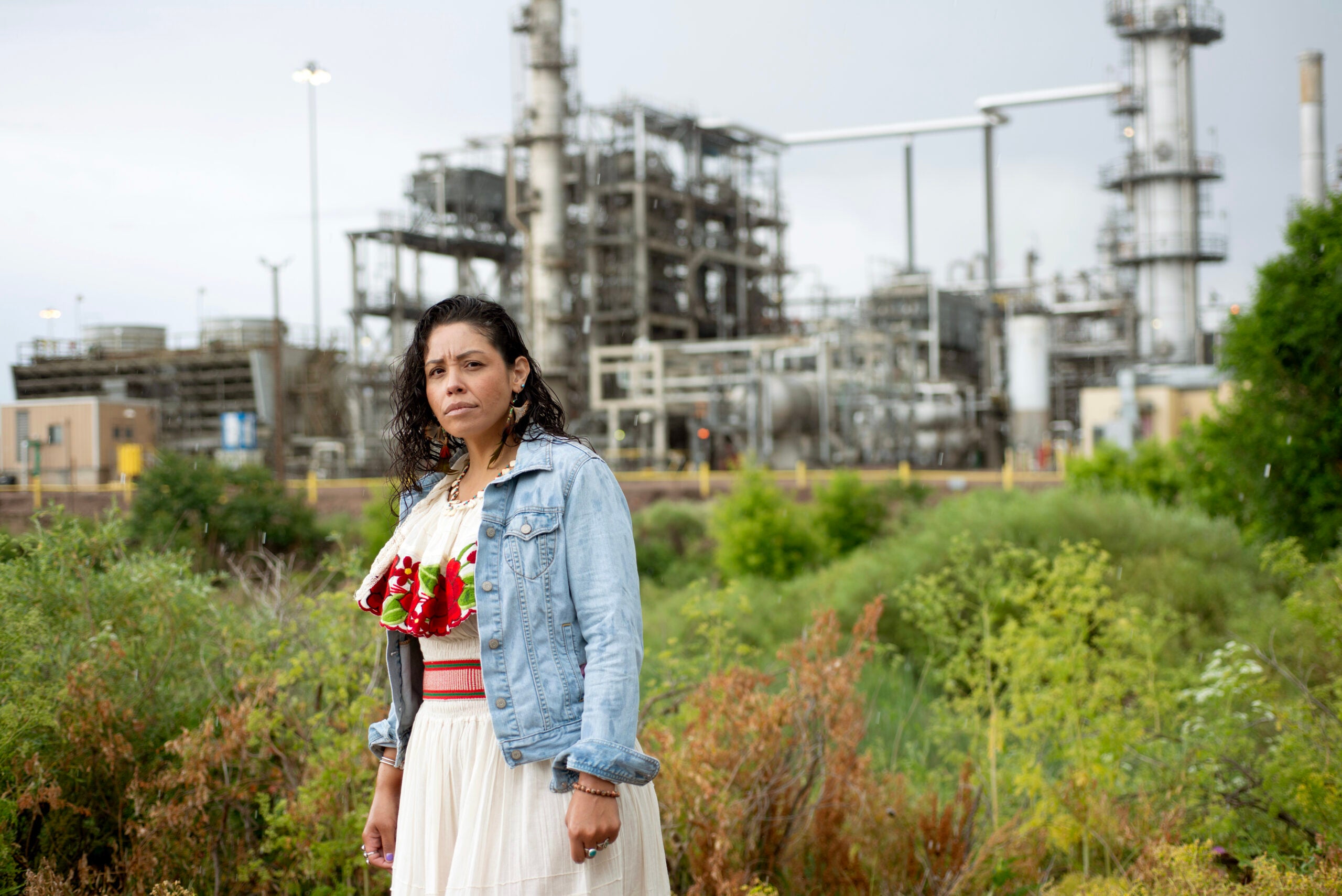
Safeguarding Lands and Waters
Monuments
Our national monuments are again in the crosshairs, and we’re preparing to defend these vital public lands — and the Antiquities Act that authorizes them — just as we did in 2017. Bears Ears and Grand Staircase-Escalante, as well as the Ironwood Forest, Organ Mountains-Desert Peaks, Baaj Nwaavjo I’tah Kukveni, and Chuckwalla national monuments, are all under threat of being opened to energy development. These monuments comprise over five million acres of national public lands across the West. Many of the lands are sacred to Indigenous peoples.
In May, Earthjustice filed suit to protect the Pacific Islands Heritage Marine National Monument from an illegal proclamation by President Trump that would allow commercial fishing within the monument. Thanks to our work, the court recently nullified agency attempts to greenlight immediate commercial fishing. We will now litigate the full merits of our claims.

Forests
In March 2025, President Trump issued an executive order to ramp up logging across the national forest system. In response, the U.S. Department of Agriculture declared at least 60% of federal forest lands, spanning more than 112 million acres, to be in an “emergency situation” due to national security and wildfire risk. The declaration aims to make it easier for the U.S. Forest Service to carry out increased logging. It also allows the agency to circumvent and expedite approval processes normally required under federal environmental laws.
Now, the Trump administration is preparing to rescind the Roadless Rule, which for more than two decades has protected many of the most pristine backcountry areas of the National Forest System from roadbuilding and logging. The result of these policies could be dramatically increased cutting of federal forests, including those in the Northern Rockies. We are working urgently to preserve protections for federal forests. And whenever the administration finalizes plans that violate the law and put wildlife and habitats at risk, we will be ready to challenge them.

Clean water in the states
Following the Supreme Court’s Sackett v. EPA decision severely limiting the Clean Water Act, Earthjustice and our partners recognized that the most immediate action we could take to limit the damage would be to work to enact state laws. With a strong coalition in place in Colorado, we got to work and passed legislation that will help to protect wetlands and ephemeral streams, and now we’re working to shape the regulatory framework for how that law will be implemented.
New Mexico — where over 90% of streams are classified as ephemeral or intermittent, putting them under threat in a post-Sackett regulatory environment — followed Colorado’s lead to defend wetlands and waterways by signing into law SB-21 in April 2025. While not directly engaged in this effort, Earthjustice lent our expertise earned through the process of securing the Colorado legislation to advise the local coalition in New Mexico. They are now embarking on the regulatory process, and we’ll continue to share our experience in Colorado to inform their process.
These victories prove the power states have in repairing federal-level damages. When we are well connected, Earthjustice has the expertise to lead these efforts and the coalition-building and knowledge-sharing experience to replicate these winning models in other states with active, on-the-ground clean water advocates.
The Great Salt Lake, Utah
In March 2025, we survived a storm of motions to dismiss our Great Salt Lake public trust case. While not a complete victory — the judge has limited the relief we can pursue — it represents a rejection of the defendants’ attempt to exclude all waters from the public trust. The judge sided with us and concluded that the “public trust doctrine reflects a fundamental societal mandate to preserve navigable waters for future generations.” This ruling clears the way for us to proceed and prevent the desiccation of this irreplaceable feature of the American West and critical habitat for millions of migratory and resident birds. We are now proceeding into the discovery phase of the case, where we will develop evidence proving the State’s breach of its trust obligation to protect the Lake.
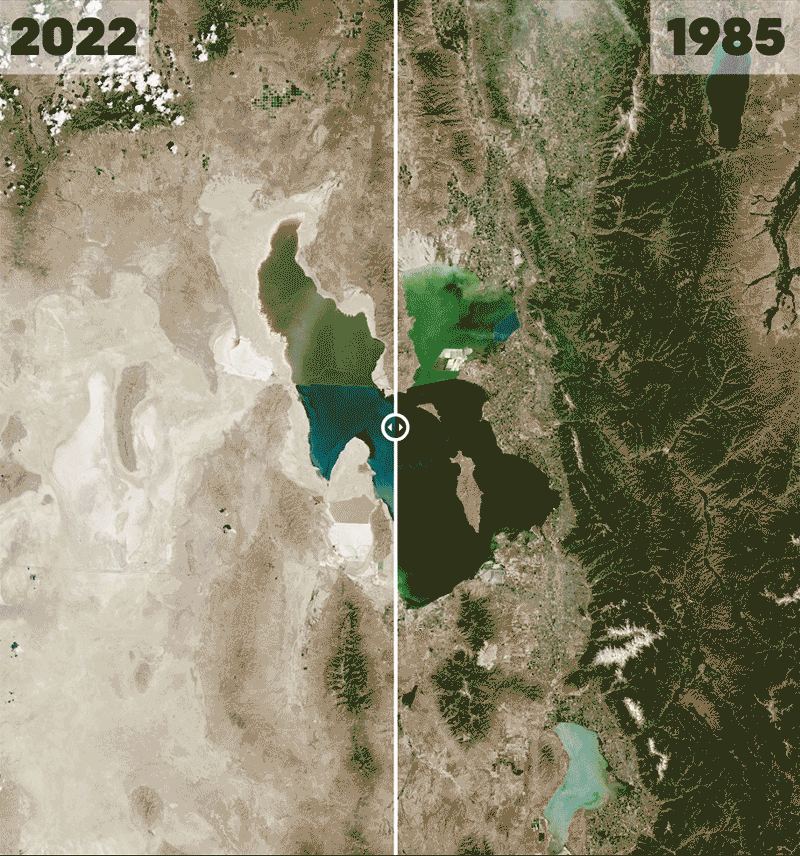
The Kootenai River, Idaho and Montana
We continue our litigation to defend state water quality standards that are critical to protecting Montana and Idaho’s Kootenai River watershed against transboundary selenium pollution from coal mines in British Columbia. Our attorneys gave oral argument in July 2025 to support the selenium standards, even as industry has launched parallel efforts outside of the judicial process to convince the state of Montana to weaken them. We will continue to support our clients on both fronts in their fight to protect the watershed.
Countering coal leasing
In January 2025, President Trump declared a national energy emergency as part of a flurry of executive orders. The order focused primarily on boosting the production of domestic fossil fuels. The Interior Department subsequently announced it will implement emergency permitting procedures to fast-track the approval of fossil fuel, mining, and other projects. Using the national energy emergency declaration, the department has already begun to shorten processes that typically take 1-2 years to a few weeks.
Earthjustice will fight the Trump administration’s shortsighted efforts to prioritize corporate profits over protections for the air we breathe and the water we drink. Current fights include:
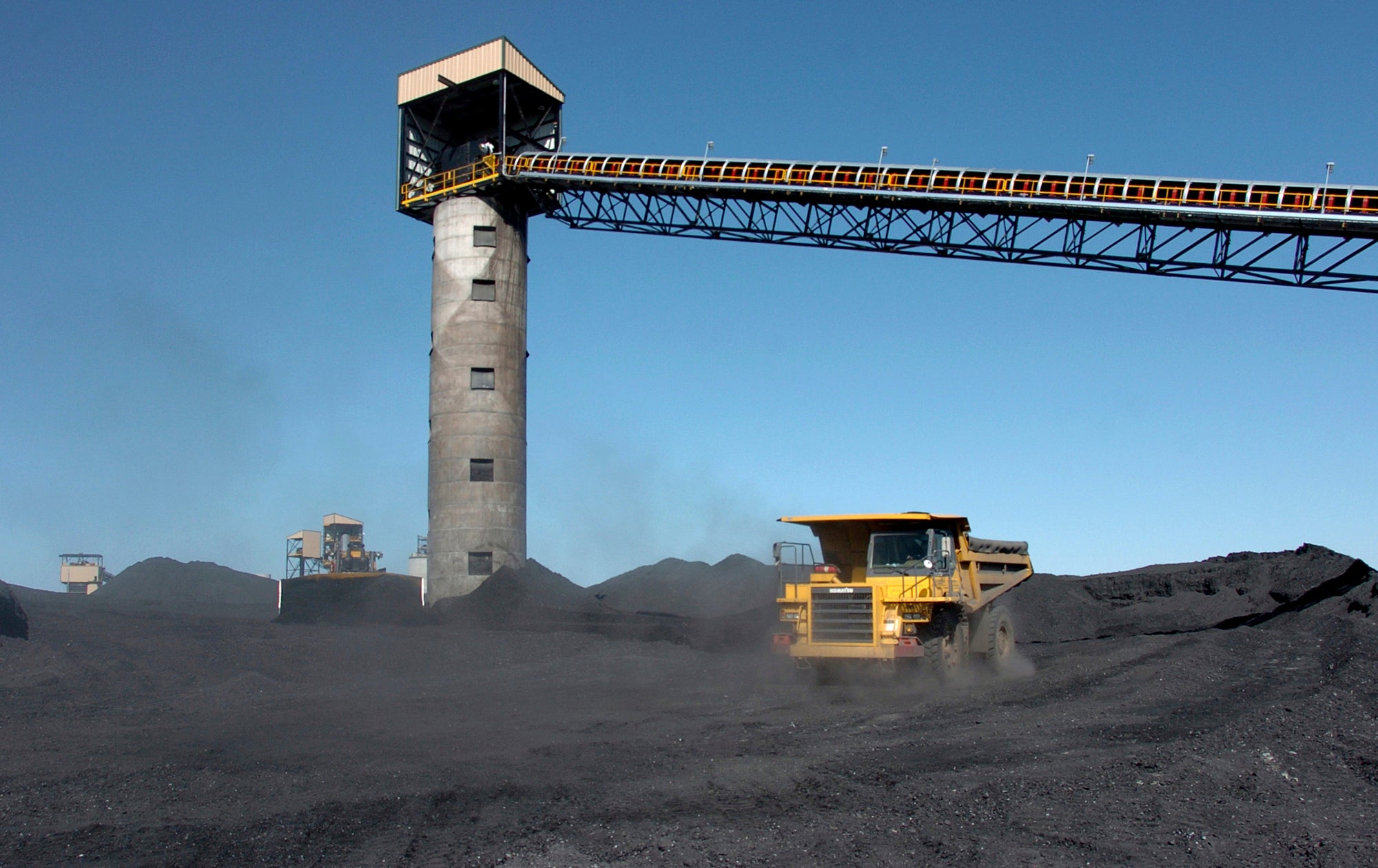
Challenging harmful mining
Communities Fighting for Change
North Denver demands cleaner air
Pollution from the Suncor crude oil refinery has contributed to some of the highest rates of asthma and cardiovascular disease in Colorado. The refinery, one of the state’s biggest sources of air pollution, has plagued neighboring communities for years. Public records show that Suncor regularly violated its Clean Air Act permits, releasing benzene, carbon monoxide, and other harmful chemicals. We’ve documented over 9,000 days of air violations alone.
With the state and the EPA’s meager attempts to enforce the Clean Air Act leaving communities in danger, local residents banded together to take matters into their own hands. In August 2024, on behalf of GreenLatinos, the Sierra Club, and 350 Colorado, Earthjustice sued Suncor Energy. In addition to seeking immediate remediation measures, the Clean Air Act citizen suit called for hundreds of millions of dollars in civil penalties. Although we lost the first round of litigation in May 2025, the community remains united and ready to pursue their case before the Tenth Circuit Court of Appeals.
“No more normalizing this level of cumulative pollution for any community ... especially in a state that has acknowledged ... a human right to access clean air, land, water, and a better quality of life for all.”
Renée M. Chacon
cofounder of Womxn from the Mountain and member of GreenLatinos

Tribes protect sacred springs in Arizona
In February 2025, we celebrated a huge win for the Hualapai Tribe, whose sacred spring was threatened by mineral exploration.
When a company called Arizona Lithium received federal approval to drill more than 100 holes reaching depths of 360 feet into public lands above the aquifer that feeds the medicinal spring of Ha’Kamwe’, we sued the Interior Department and the Bureau of Land Management on behalf of the Tribe and in partnership with the Western Mining Action Project.
As a result of our efforts, the mining company has withdrawn its exploratory mining plan and withdrawn as intervenors in the case.
“Our people have used Ha’Kamwe’ for centuries for healing, prayer, and rites of passage. We are absolutely determined to protect our sacred waters and our way of life from those who would destroy it to enrich themselves.”
Duane Clarke
Chairman of the Hualapai Tribe

Defending the Web of Life
Grizzly bears
This year, Earthjustice made progress in our long-running effort to protect the keystone species: We won a court ruling barring Idaho from authorizing wolf trapping and snaring — which also threatens grizzlies — during grizzly bears’ non-denning periods. We won a challenge to a federal plan for the Flathead National Forest that would have allowed new roadbuilding in grizzly habitat. And, citing similar harms, we filed a lawsuit challenging increased roadbuilding in the Bitterroot National Forest. Safeguarding the Bitterroot provides an important pathway for connecting grizzlies in the Northern Continental Divide Ecosystem to the Greater Yellowstone Ecosystem. It also provides a gateway to the critically important, but mostly unoccupied, Bitterroot Grizzly Bear Recovery Zone.
The progress we’ve made has grown increasingly significant as the Trump administration moves to eliminate national roadless area protections and habitat protections under the Endangered Species Act, putting even more pressure on landscapes like the Flathead and the Bitterroot. And in July 2025, congressional Republicans introduced legislation to delist grizzly bears in the Greater Yellowstone Ecosystem and bar judicial review.
We have defended these laws before and are doing everything we can to do so again. At the same time, we will ramp up legal efforts to defeat the U.S. Fish and Wildlife Service’s expected plan to delist grizzly bears, which would eliminate protections against trophy hunting and other perils even if congressional rollbacks fail. Just as we have done before, we will pull out all the stops to preserve essential protections for grizzly bears.

Wolves
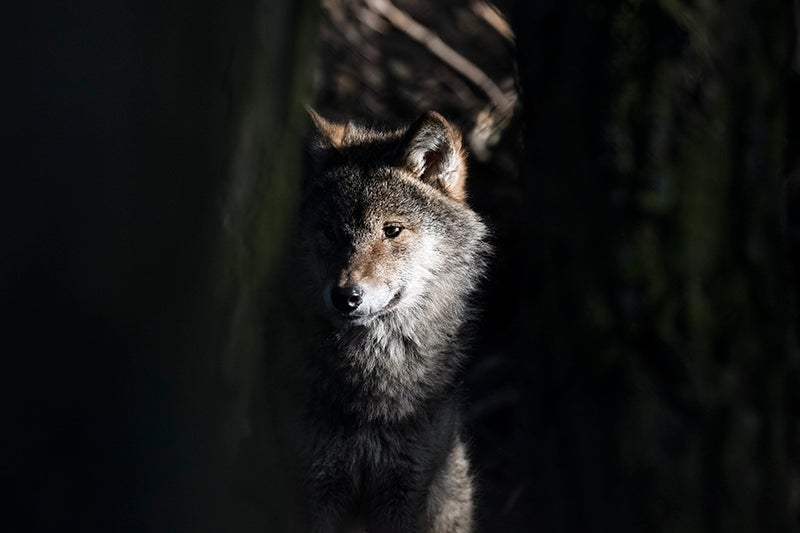
Bison
Earthjustice is defending Yellowstone National Park’s bison management plan on behalf of the Fort Peck Assiniboine and Sioux Tribes and alongside conservation groups. Yellowstone’s plan increases the number of bison allowed in the park and prioritizes the restoration of the species on Tribal lands. We are defending the plan against a lawsuit from the state of Montana, which wants to reinstate outdated policies that no longer reflect the best available science. If successful, Montana’s suit would set back conservation efforts by cutting the bison herd by nearly half, including by shipping them to slaughter, while reducing opportunities to transfer Yellowstone’s disease-free bison to support the restoration of Tribal bison herds.
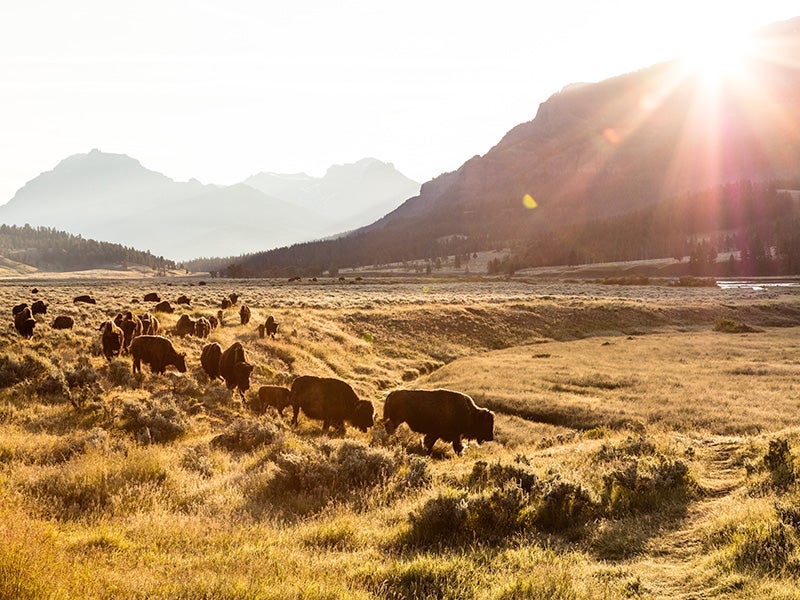
Regional Progress for the Climate
Powering the Fight for Our Future
The work before us is immense, but we are undaunted because we never go alone. The Intermountain West holds great promise for progress. Thank you for being with us as we bring those possibilities to bear.